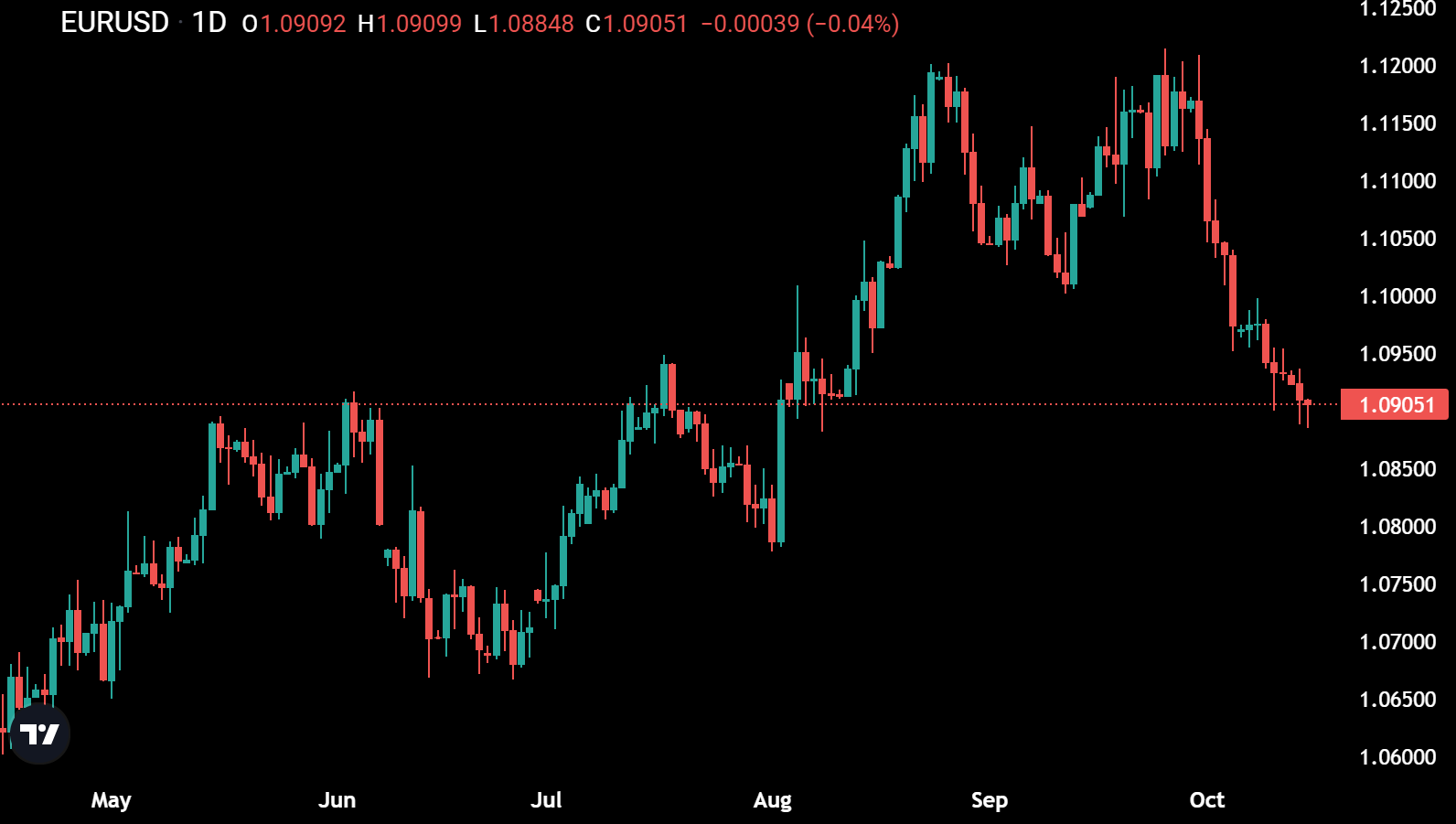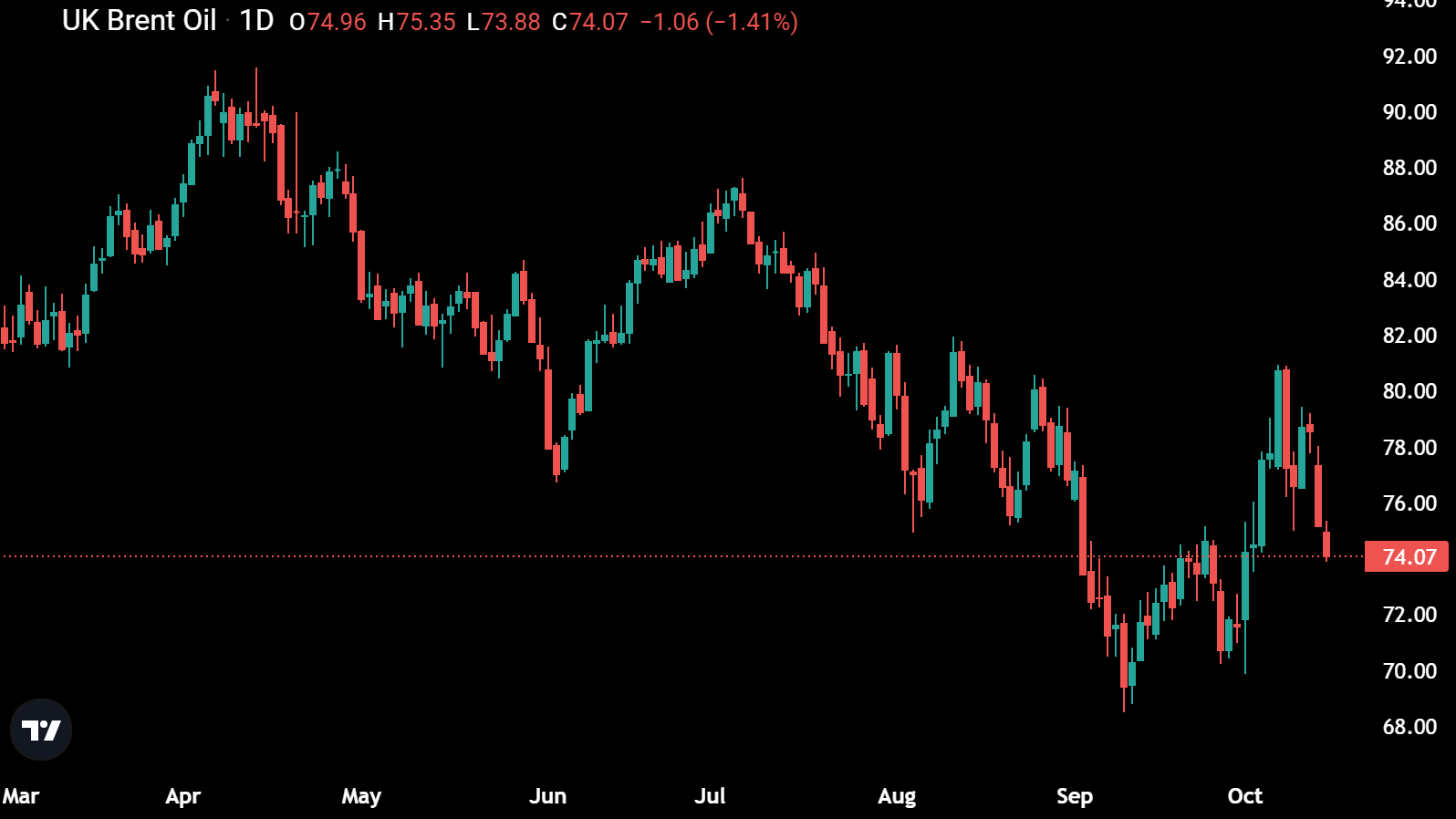Main Macro Events This Week
United States: The November services data, along with trade and sentiment data will headline a thin economic slate. The nonmanufacturing ISM (Monday) is projected to rise to 55.5 after falling 2.3 points to 54.8 in October. The Markit services PMI is also slated (Monday). The October international trade report (Tuesday) is seen posting a wider $42.4 bln deficit. The December preliminary consumer sentiment release (Friday) should show an increase to 94.5 after popping up to 93.8 in November, further reflecting Trump enthusiasm. Productivity growth (Tuesday) is forecast to be unchanged at a 3.1% pace, while unit labor costs hold at 0.3%. The October JOLTS data(Wednesday) would typically be important, as it’s a Yellen favorite, but with the Fed a done deal next week, it will be overlooked. The quarterly QSS release (Thursday) will be of some importance for the GDP outlook as it’s an update on the service sector. Other data this week includes the Fed’s November Labor Market Conditions Index (LMCI) (Monday), October factory orders (Tuesday), October consumer credit (Wednesday), initial jobless claims (Thursday), and October wholesale trade. Fedspeak will be compressed to Monday this week heading into the Fed’s blackout window for the December 14 FOMC decision. On Saturday, NY Fed dove Dudley confined his remarks to regulation. He will be back up again on Monday discussing the macroeconomic outlook. Chicago Fed dove Evans will speak on the current economic outlook and policy. St. Louis Fed hawk-dove Bullard will discuss the economy and policy as well.
Canada: the Bank of Canada’s policy announcement (Wednesday) is the focus. No change in the current 0.50% rate setting is expected but a tempering of the easing bias is possible. Projections are also for no change in rates through next year. Data is headlined by the October trade report (Tuesday), with the deficit expected to narrow to -C$2.0 bln from -C$4.1 bln. The Ivey PMI (Tuesday) is projected to be nearly steady at 60.0 in November from 59.7 in October. Housing starts (Thursday) are seen slipping to 190.0k in November from 192.9k in October. Building permit values (Thursday) are anticipated to decline 1.0% in October after tumbling 7.0% in September. Capacity utilization (Thursday) is projected to rebound to 81.5% in Q3 as the economy recovered, following the plunge to 80.0% in Q2 that was driven by the Alberta-wildfire-related pull-back in GDP. Capacity utilization was 81.4% in Q1. The October new housing price index (Thursday) is expected to rise 0.2% m/m in October after the matching 0.2% increase in September
Europe: The ECB is the focus this week. The Bank not only has to deal with the immediate fallout from the Italian referendum, but most importantly, it will be deciding on the future of the QE program, which currently runs out in March. News sources suggested that many on the Committee favor another 6-month extension at current levels. The calendar will play a secondary role, although German manufacturing order numbers (Tuesday) will be interesting and are likely to be watched closely by central bankers. Similarly, industrial production for October (Wednesday) is expected to rebound 0.9% m/m after falling -1.8% m/m in September. Data broadly in line with expectations would confirm what confidence indicators already suggested, that growth is likely to pick up again in the last quarter of the year. The same holds for Eurozone October retail sales (Monday), which are seen at 0.8% m/m.
The November Services PMI (Monday) is likely to be confirmed at 55.0. And, against these up-to-date numbers, the third release of Eurozone Q3 GDP (Tuesday) will be rather backward looking. The data calendar also has German trade numbers (Friday) and French production data Friday).
UK: Sterling closed out last week on strong footing with an average 0.6% advance versus the G3 currencies on the day and an average gain of 1.6% on the week. The calendar includes an expected ruling by the Supreme Court onThursday on the government’s challenge to the issue of whether it has to put the decision to trigger Article 50 of the Lisbon Treaty before parliament. Data include the November services PMI (Monday), which is expected to ebb to a headline reading of 54.2) after October’s 54.5. Like the manufacturing and construction PMIs have already shown, the November PMI should reveal a spike in cost pressures as the consequence of sterling’s weakness post-Brexit vote start to bite. Production data for October is also up (Wednesday), where we see scope for a rebound in the industrial output figure, to +0.2% m/m after September’s 0.4% m/m contraction. Trade data and various house price indicators are also out, none of which is expected to move markets.
China: The November trade surplus (Thursday) is expected to narrow to $45.0 bln from $49.1 bln in October.Friday brings November CPI and PPI, where the former is seen warming to 2.3% y/y from 2.1%, and the latter expected at 2.5% y/y from 1.2%.
Japan: The October current account surplus (Thursday) is seen narrowing to JPY 1,600.0 bln from 1,821.0 bln in September. November bank loan data are also due Thursday. The Q4 MoF business outlook survey (Friday) is expected to fall to 2.0 from 2.9 in November.
Australia: Reserve Bank of Australia meeting (Tuesday) is the highlight. No change to the current 1.50% rate setting is the expected outcome. The bank cut rates in May and August to counter a firming AUD. The slate of economic data is highlighted by Q3 GDP (Wednesday), projected to expand 0.4% (q/q, sa) after the 0.5% gain in Q2. The current account deficit (Tuesday) is seen at -A$14.5 bln after the -A$15.5 bln shortfall in Q2. The trade deficit (Thursday) is anticipated at -A$1.0 bln in October from -A$1.2 bln in September. Housing finance (Friday) is seen falling 1.0% in October after the 1.6% run-up in September.
Janne Muta
Chief Market Analyst
If you wish to get the latest forex brokers news,you can visit our Top Forex Brokers official website:
http://www.topforexbrokerscomparison.com
About Janne Muta, HotForex’s Chief Market Analyst
 Janne Muta is a seasoned industry professional with over 16 years experience in the global markets. Originally from Finland, Janne has worked for institutions in both Helsinki and London as an institutional fund manager, global market analyst and FX educator.
Janne Muta is a seasoned industry professional with over 16 years experience in the global markets. Originally from Finland, Janne has worked for institutions in both Helsinki and London as an institutional fund manager, global market analyst and FX educator.
Traders and fund managers from around the world have benefited greatly from Janne’s technical analysis methods. The indicators and price action based trading models he has developed, have, after rigorous testing, proven to be invaluable in identifying high probability trades.
“My mission is to help you to become a confident and successful trader”
Disclaimer: This material is provided as a general marketing communication for information purposes only and does not constitute an independent investment research. Nothing in this communication contains, or should be considered as containing, an investment advice or an investment recommendation or a solicitation for the purpose of buying or selling of any financial instrument. All information provided is gathered from reputable sources and any information containing an indication of past performance is not a guarantee or reliable indicator of future performance. Users acknowledge that any investment in FX and CFDs products is characterized by a certain degree of uncertainty and that any investment of this nature involves a high level of risk for which the users are solely responsible and liable. We assume no liability for any loss arising from any investment made based on the information provided in this communication. This communication must not be reproduced or further distributed without our prior written permission.
.png)
.png)





 Blazing-fast execution & enhanced stability
Blazing-fast execution & enhanced stability



 Janne Muta is a seasoned industry professional with over 16 years experience in the global markets. Originally from Finland, Janne has worked for institutions in both Helsinki and London as an institutional fund manager, global market analyst and FX educator.
Janne Muta is a seasoned industry professional with over 16 years experience in the global markets. Originally from Finland, Janne has worked for institutions in both Helsinki and London as an institutional fund manager, global market analyst and FX educator.


